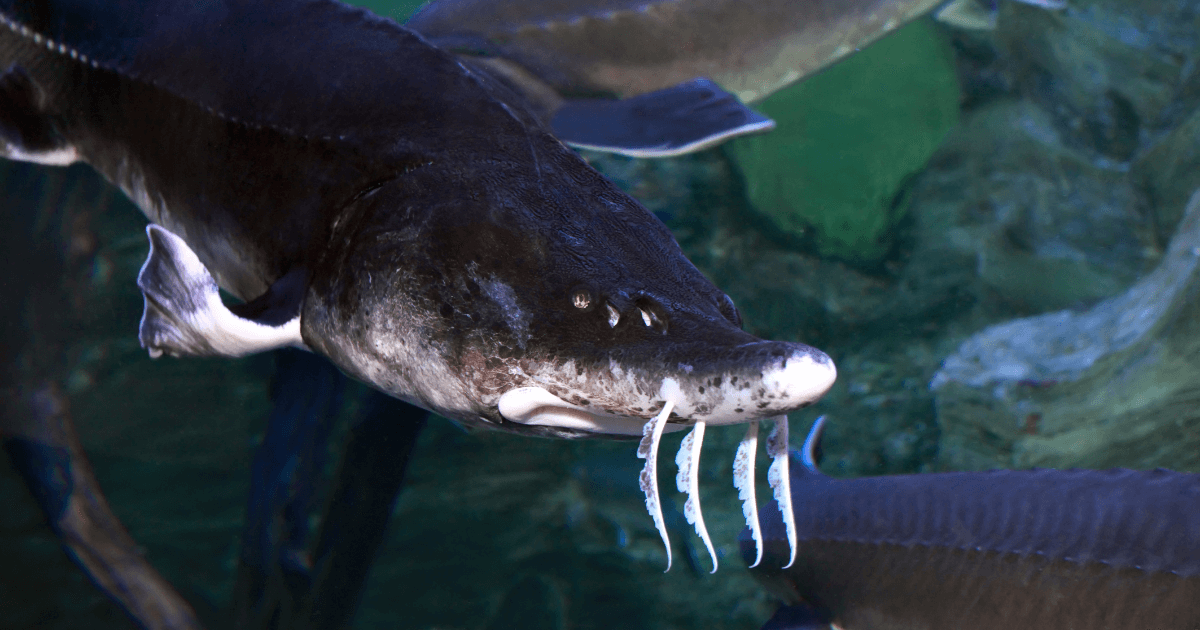Beluga Huso Huso, often simply referred to as Beluga, is the largest and most esteemed sturgeon species, known for producing the world's finest caviar. Today, we will explore the characteristics, habitat, and significance of Beluga Huso Huso, shedding light on why it is revered in the culinary world.
What is Beluga Huso Huso?
Beluga Huso Huso is a species of sturgeon found primarily in the Caspian and Black Sea basins. It is recognized for its large size, long lifespan, and the production of highly prized caviar.
-
Scientific Classification:
- Genus: Huso
- Species: Huso huso
-
Physical Characteristics:
- Beluga sturgeons can grow up to 7 meters (23 feet) in length and weigh over 1,500 kilograms (3,300 pounds).
- They have a distinctive long, torpedo-shaped body with a pointed snout and a heterocercal tail.
Habitat and Distribution
Beluga Huso Huso primarily inhabit the Caspian Sea, with smaller populations in the Black Sea and occasionally the Adriatic Sea. These sturgeons are anadromous, meaning they migrate from the sea to freshwater rivers to spawn.
- Spawning: Beluga sturgeons migrate up large rivers like the Volga, Danube, and Ural to lay their eggs. They prefer gravelly or sandy riverbeds for spawning.
- Migration Patterns: These fish are known for their extensive migrations, often traveling hundreds of kilometers to reach their spawning grounds.
The Life Cycle of Beluga Huso Huso
Beluga sturgeons have a long and slow life cycle, contributing to their vulnerability and the high value of their caviar.
- Longevity: Beluga sturgeons can live for more than 100 years.
- Maturity: They reach sexual maturity late, typically between 15 to 20 years for females and slightly earlier for males.
- Reproduction: A single female can produce several million eggs during spawning, but successful reproduction rates are low due to environmental factors and human impact.
The Culinary Significance of Beluga Caviar
Beluga caviar is renowned for its large, delicate eggs, which range in color from light to dark gray. It is considered the pinnacle of luxury in the culinary world.
- Flavor Profile: Beluga caviar is prized for its buttery, creamy texture and mild, nutty flavor. The large, pearl-like eggs offer a smooth, rich taste that melts in the mouth.
- Price and Availability: Due to overfishing and strict regulations, Beluga caviar is rare and expensive. Sustainable farming practices are now being implemented to help preserve the species and ensure a steady supply of caviar.
Conservation and Sustainability
Huso Huso populations have declined drastically due to overfishing, habitat destruction, and pollution. Conservation efforts are crucial to protect this species.
- Regulations: International trade of Beluga caviar is regulated under CITES (Convention on International Trade in Endangered Species) to prevent overexploitation.
- Farming Initiatives: Sustainable aquaculture practices are being developed to farm Beluga sturgeons and produce caviar without impacting wild populations.
Beluga Huso Huso, with its majestic size and exquisite caviar, is a symbol of luxury and a critical species in aquatic ecosystems. Understanding the biology, habitat, and conservation efforts surrounding Beluga sturgeons helps us appreciate and protect these magnificent creatures for future generations.
For more detailed information on related topics, check out our other blog posts:




